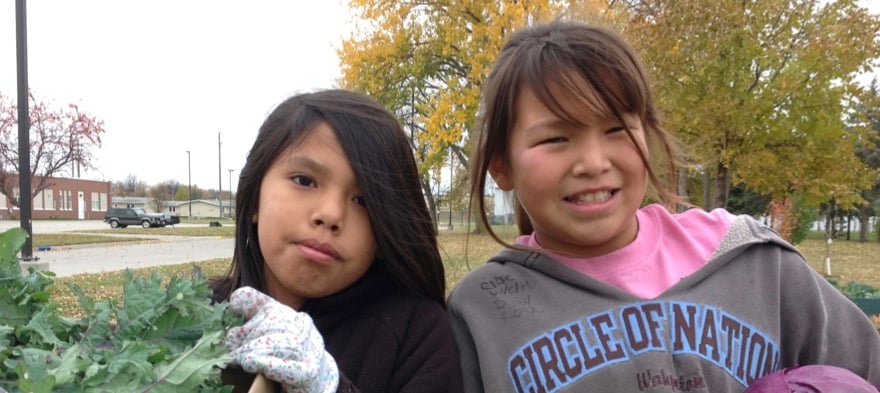
Nov 22, 2016 12:00:00 AM
by Anna Baldwin
Anna Baldwin is a high school English teacher at Arlee High School and has been teaching on the Flathead Indian Reservation for the past 17 years. She designed and teaches Native American studies for the Montana Digital Academy and taught English methods courses at the University of Montana for four years as an adjunct assistant professor. She has been selected as a 2016 Classroom Teaching Ambassador Fellow with the U.S. Department of Education. Baldwin is the recipient of several awards, including the Horace Mann Excellence in Teaching Award, Montana Association of Teachers of English Language Arts Distinguished Educator Award, and the Award for Excellence in Culturally Responsive Teaching from Teaching Tolerance. She was the 2014 Montana Teacher of the Year.
The story you tell yourself about your own math ability tends to become true. This isn’t some Oprah aphorism about attracting what you want from the universe. Well, I guess it kind of is, but...
If you have a child with disabilities, you’re not alone: According to the latest data, over 7 million American schoolchildren — 14% of all students ages 3-21 — are classified as eligible for special...
The fight for educational equity has never been just about schools. The real North Star for this work is providing opportunities for each child to thrive into adulthood. This means that our advocacy...
Your donations support the voices who challenge decision makers to provide the learning opportunities all children need to thrive.
Ed Post is the flagship website platform of brightbeam, a 501(c3) network of education activists and influencers demanding a better education and a brighter future for every child.
© 2020–2024 brightbeam. All rights reserved.
Leave a Comment